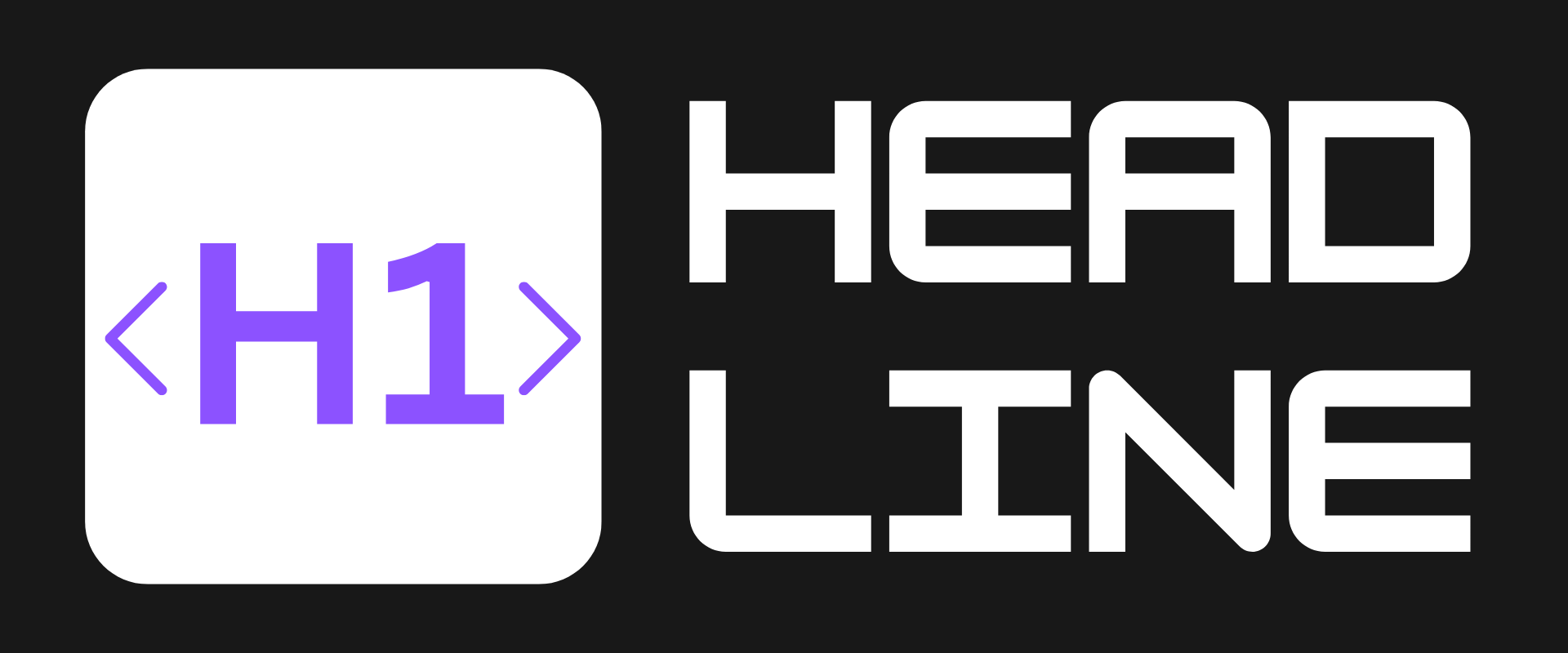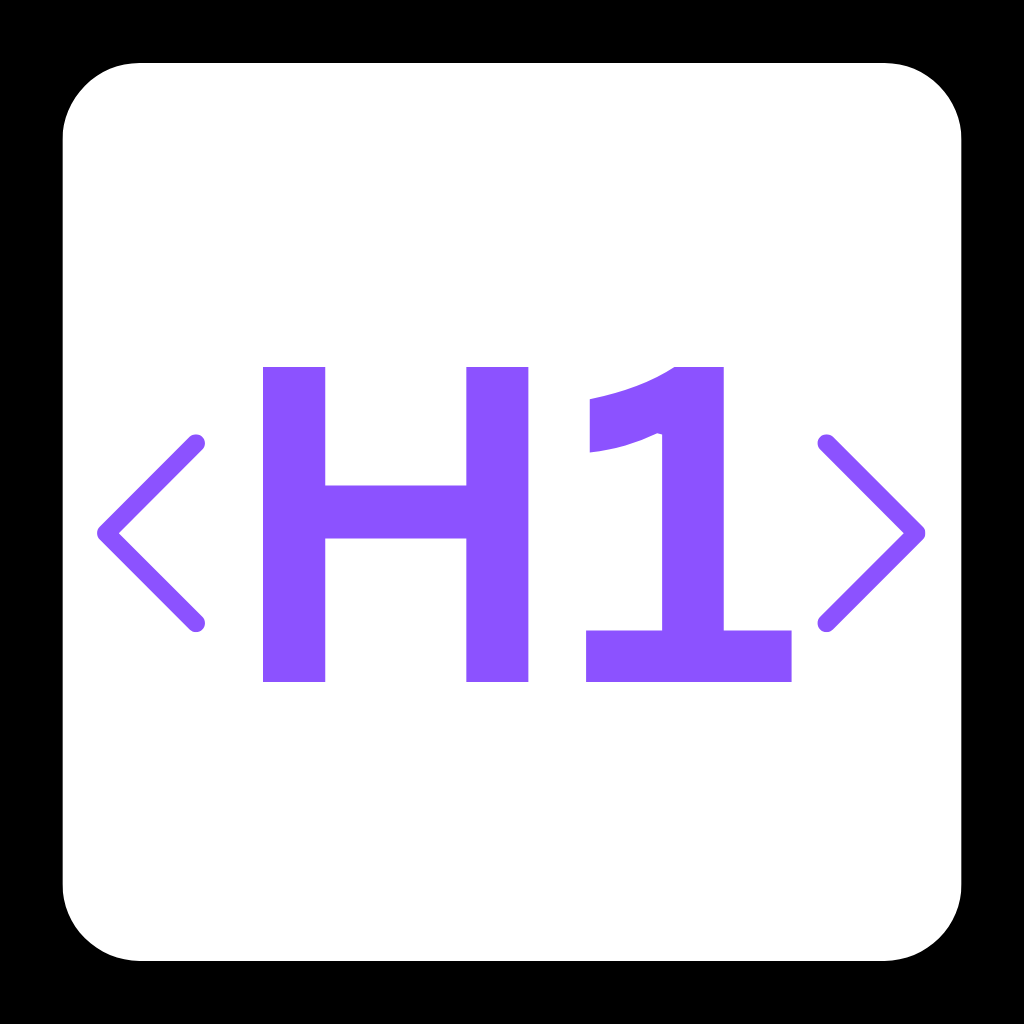Can AI Save Journalism Instead of Killing It? Particle’s Web Launch Tests the Waters

AI News Wars: A Lifeline for Publishers or Another Tech Land Grab?
As AI-powered news aggregators face backlash for scraping content without compensation, startup Particle is taking a different approach. Its newly launched web platform combines AI summaries, interactive tools, and—crucially—a publisher-first model. But can this balance actually work in an industry where AI often means ad revenue annihilation? Let’s dive in.
🌐 The Problem: AI’s Journalism Paradox
- Traffic Cannibalization: 78% of publishers in a 2024 study reported traffic drops from AI aggregators that don’t link back to original articles.
- Revenue Erosion: For every $1 earned by news sites, AI-driven platforms generate $3 in ad revenue from summarized content (MediaWatch 2023).
- Trust Deficit: 62% of readers distrust AI-generated news summaries, fearing bias or inaccuracy (Pew Research, 2024).
✅ Particle’s Solution: AI as Collaborator, Not Competitor
The web version of Particle’s AI newsreader introduces three key innovations designed to support publishers:
- ✅ Context-Rich Summaries: Bullet points paired with direct quotes and source links—ensuring credit flows back to original journalists.
- ✅ Entity Pages: Wikipedia-style hubs for people/companies mentioned in articles, driving deeper engagement (e.g., clicking “Nintendo Switch” shows related stories).
- ✅ Revenue Sharing: Particle splits ad earnings with publishers whose content fuels its AI training data.
By moving to the web, Particle aims to triple its user base within six months, offering publishers a larger audience while preserving their monetization.

⚠️ Challenges: The Fine Print of AI Partnership
s
- 🚧 Limited Interaction: The web version lacks the app’s direct AI chat feature—a key differentiator.
- 🚧 Publisher Reluctance: Only 45 news outlets have joined so far; giants like NYT and WaPo remain skeptical.
- 🚧 Scale vs. Quality: Expanding to 20+ content categories risks diluting the curated experience that initially attracted niche publishers.
🚀 Final Thoughts: A Blueprint for Ethical AI Journalism?
Particle’s web expansion could be transformative IF:
- 📈 They onboard major publishers without compromising revenue terms
- 🤖 Restore full AI interactivity on the web platform
- 🔍 Prove their model sustains—not drains—local journalism
But in an era where AI often means “automated content theft,” can one startup really rewrite the rules? Or is this just a kinder face on the same disruptive force? What’s your take?
Let us know on X (Former Twitter)
Sources: TechCrunch. Particle brings its AI-powered news reader to the web, May 6, 2025. https://techcrunch.com/2025/05/06/particle-brings-its-ai-powered-news-reader-to-the-web/










